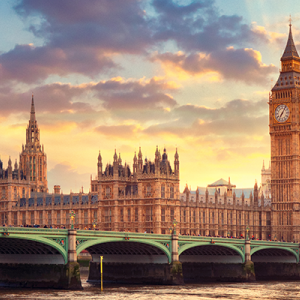14 July 2000
With only a third of government services on-line so far, Allan said Whitehall would find it difficult to make the 2005 deadline set by the prime minister for all services because so many were difficult to deliver electronically.
Speaking at an e-business summit on July 11, Allan said most on-line services so far related to business. 'There are two reasons for that,' he said. 'The first is because that is where the demand is and where the opportunities are greatest and secondly because they are easier services to get on-line.'
Launching a government benchmarking report at the same time, Allan said the UK was trailing behind other countries' e-service delivery. 'We are equivalent to champions of football's first division – behind the Manchester Uniteds from Scandinavia and the southern hemisphere, but ahead of many others,' he said.
Citing vehicle registration as an example of a difficult service to deliver, Allan said progress was slow because it involves several bodies, including insurance companies and MOT test centres.
Allan conceded that Whitehall would not make the 2005 deadline without the private sector. He said: 'We need the support of industry.'
Despite the difficulties perceived by Allan, the progress report from the Cabinet Office predicts that nearly 75% of government services will be on-line by 2002.
Cabinet Office Minister Ian McCartney acknowledged that most of the services on-line are information-based rather than transactional but promised that many more on-line services in areas such as health, jobs and business will be launched soon.
But figures released by the Office of National Statistics this week cast doubt on whether poorer members of society will be able to reach these services. The number of people who could access the Internet at home in the first three months of 2000 has doubled compared with the same time last year, and now stands at 25%.
But access within the bottom four out of ten income groups has been poor – in the lowest 10% of households it stood at 6% for 1999/2000, compared with 48% within the top 10%.
PFjul2000

















